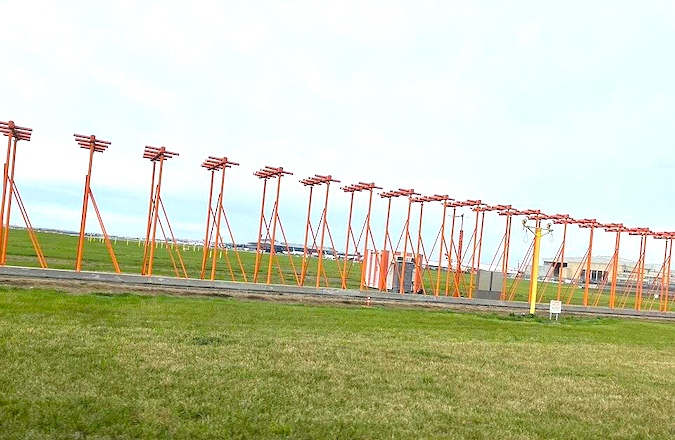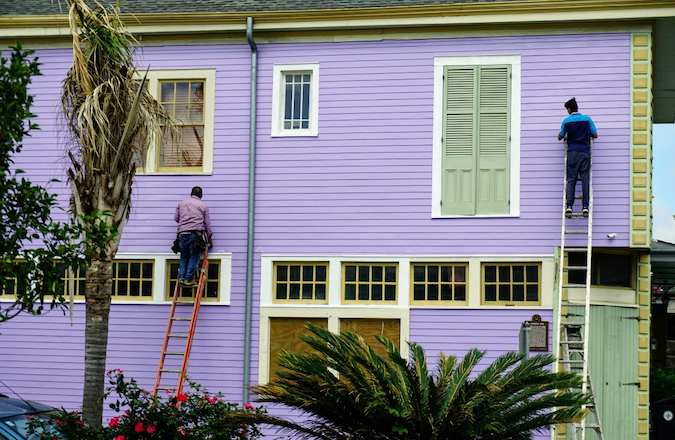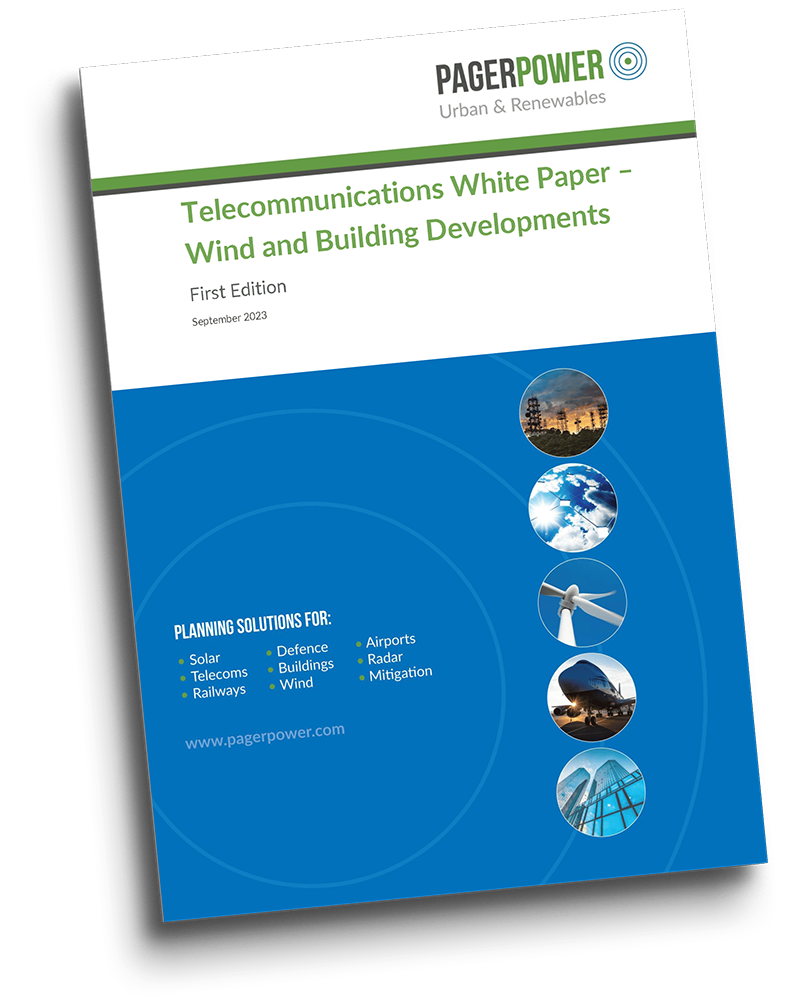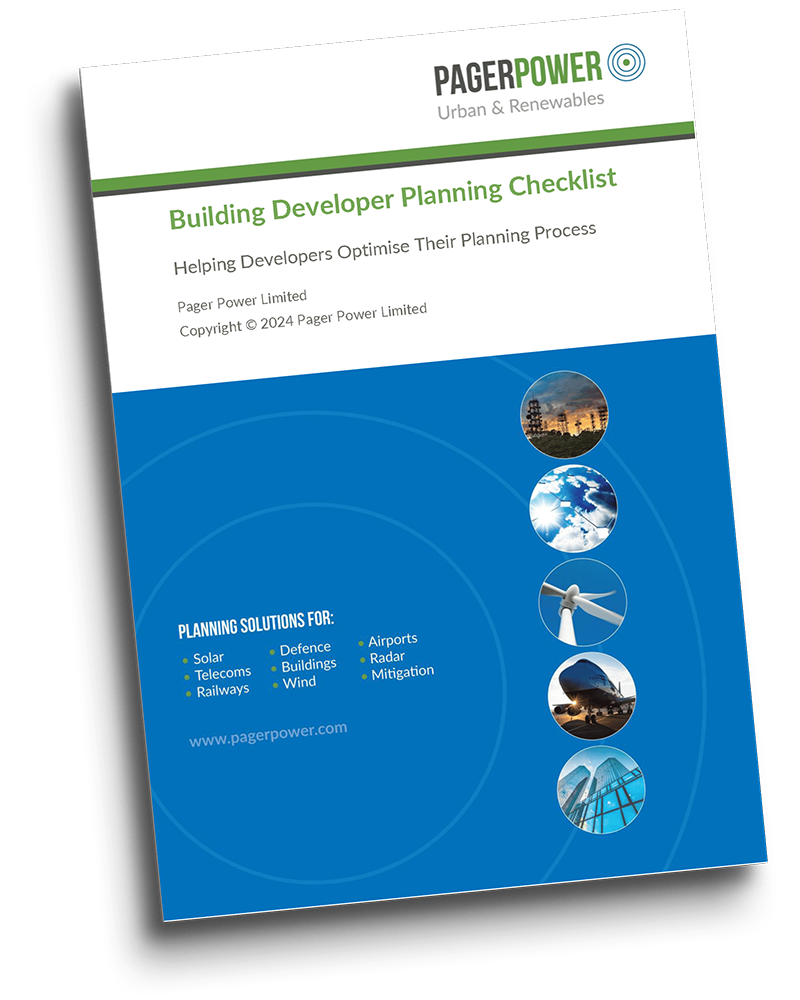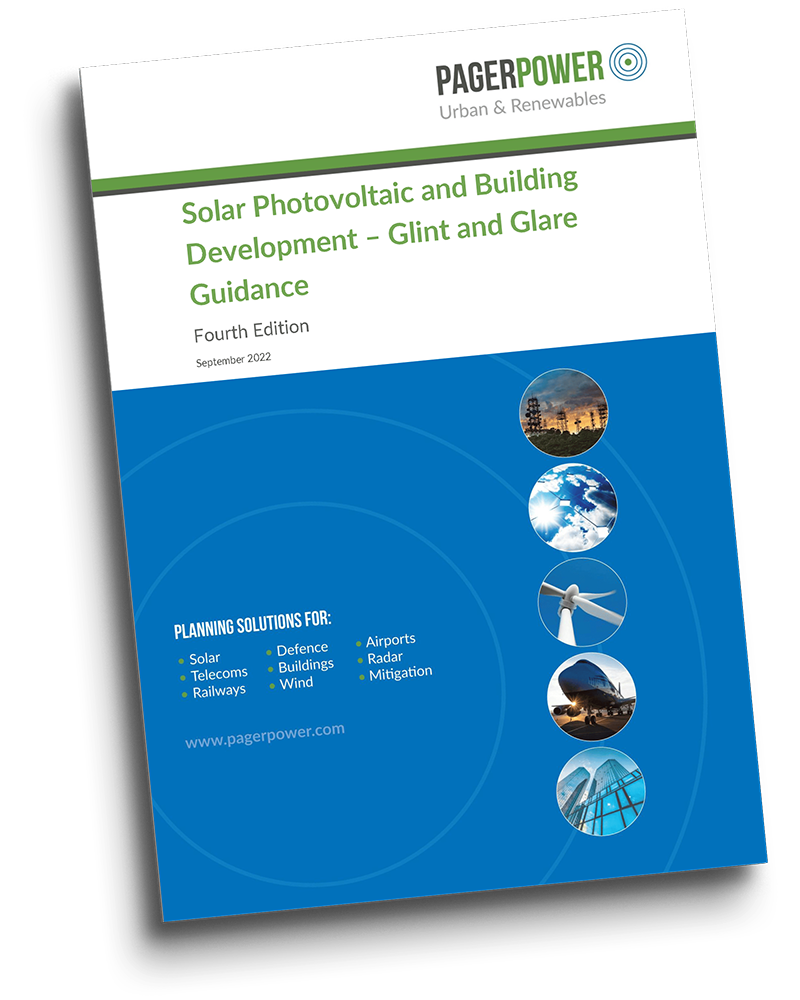Daylight Sunlight or Right to Light: What, When and How?

Daylight sunlight and Right to Light are two terms used within the sphere of planning and development that can be easily misunderstood, and with these issues becoming increasingly common due to increased urbanisation and taller buildings, it is important to know the differences between the two. This article has therefore been written to succinctly explain the differences that separate daylight sunlight from Right to Light, and includes details of the methodologies required to assess both.
Figure 1: Sunlight on urban building.
What is the difference between Daylight Sunlight and Right to Light?
Daylight sunlight is a planning consideration that looks primarily at whether a proposed building or extension will 1) have sufficient and suitable access to natural light from the sky and the Sun when considering the existing and consented buildings surrounding it and, 2) whether the proposed development will significantly reduce the daylight and sunlight entering the windows of surrounding properties or green spaces. A daylight sunlight assessment typically considers BRE guidance and should be completed during the planning process to help guide the design of the development. The requirement for the assessment should be made clear by the planning authority.
Right to Light, however, is a legal easement that is considered outside of the planning system. There is no formal planning requirement to request a Right to Light assessment and therefore it is up to the developer to understand this issue. Indeed, if it is not considered appropriately, the first time a developer could be made aware is when a legal challenge is made.
Right to Light considers particular ‘apertures’ on a property (typically a window) that have been given ‘protected’ status. A window may acquire a Right to Light in several different ways, but the most common is through prescription, under the Prescription Act 1832, whereby rights to light are acquired after 20 years of uninterrupted light. Like a daylight sunlight assessment, it requires a study to understand the interrelationship between a proposed building, or extension, and those protected windows that have this right. The key outcome is to establish whether overshadowing will affect the daylight received through the window. If significant effects are uncovered that are not mitigated, it could lead to a challenge to planning permission, a planning restriction or ongoing financial penalties due to the reduction of natural light through a protected window.
When conducting a daylight sunlight assessment, it is therefore important to identify whether any nearby windows have historic rights to light. Failure to understand this could lead to legal challenges down the project timeline.
When is a Daylight Sunlight Assessment required and how does this differ from Right to Light?
A daylight sunlight assessment is typically required for small developments when a building or extension is proposed that breaches the 45° and/or 25° rules. For larger developments, or developments in more built-up urban areas, it may simply be a standard planning requirement from the local authority. A window that is assessed for daylight sunlight impacts may or may not have rights to light, and its right will depend purely on the amount of time a window has had uninterrupted light (a minimum of 20 years), as per the Prescription Act 1832. Once this right has been acquired, the owner is entitled to ‘sufficient light according to the ordinary notions of mankind’, but this does not mean that they are entitled to completely unobstructed light, which is one of the important factors to consider within a Right to Light assessment.
How does the method for a Daylight Sunlight Assessment differ from that of Right to Light?
In simple terms, both assessments require an assessment to determine how much natural light is entering a window in the baseline and post-construction scenarios, but a different methodology is used if the window is protected. For daylight sunlight, the study will need to cover the assessment of Vertical Sky Component (VSC), Annual Probable Sunlight Hours (APSH), and, where required and the appropriate plans are provided, No Sky Line. There are separate criteria for each of these three, which can all be explored further by clicking the relevant link.
A Right to Light assessment needs to consider the daylight distribution within a room through the protected window, which is similar to No Sky Line, as referenced above. The predominant method of assessing this is through the ’50:50 rule’ with consideration of the ‘sky factor’ i.e. the realistic proportion of sky visible from a window. In total, 50% of the room behind the protected window should have a sky factor of 0.2% or greater, which essentially means that 50% of the room should be able to see at least 0.2% of the sky when measured from a working plane of 838mm above floor level. Recent court cases have indicated that 55% of the room is now seen as a more appropriate threshold for residential buildings. If a new development reduces a room’s access to natural light beneath this threshold, they may be entitled to remedies against the developer.
Overall, the terminology used within a daylight sunlight assessment and Right to Light may differ slightly (such as No Sky Line and daylight distribution), however the assessment process is very similar, but with slightly different assessment metrics.
Final thoughts
Daylight sunlight and Right to Light assessments both require detailed consideration at the planning/design stage however, the criteria for assessment vary depending on whether the window is protected or not. Both assessments ensure that the natural light entering a room is at suitable levels, but a protected window that fails on daylight sunlight may not necessarily fail on Right to Light, and vice versa. The results of each may influence the design of a proposed development however impacts on protected windows could also trigger a legal challenge, which could lead to a cash settlement being required or an injunction to any planning permission awarded. It is unlikely that this would be the case with daylight sunlight, as impacts should be considered in the context of the environment as a whole and managed throughout the planning consultation, thus influencing the overall design of the project. Any impact would not just be considered at the individual window level, which is where Right to Light issues are more likely to be triggered.
Speak to an expert
If you are interested in finding out more about our Daylight Sunlight Assessments, click here. If you want to find out more about our Right to Light Assessments, click here.
To make an enquiry, or give us a call on +44 (0)1787 319001.
About Pager Power
Pager Power is a dedicated technical consultancy that has been providing independent guidance and advice regarding solar developments, wind farms, and building developments internationally since 2002.
Our Daylight Sunlight Assessments utilise our own bespoke model that complies with BRE and British Standards guidance to ensure accuracy and compliance with best practices. More information on the guidance can be found here.
Further details about the services we provide can be found here. Pager Power has completed over 1,500 glint and glare assessments, over 1,000 aviation/radar impact assessments, over 500 television and radio reception surveys, and over 500 telecommunications impact assessments.
Finally, a link to our testimonials page can be found here.
Image accreditation: Ilker Ozmen (June 2024) from Unsplash.com. Last accessed on 12th May 2025. Available here.https://www.pagerpower.com/wp-content/uploads/2025/05/right-to-light-thumbnail.jpeg


